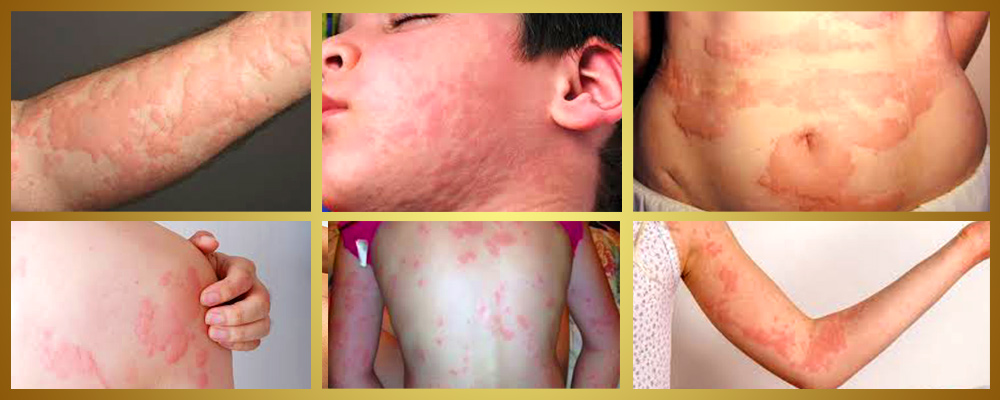Table of Contents
Urticaria: Types, Symptoms and Causes
What is Urticaria
Urticaria treatment , commonly known as hives, is a skin condition characterized by red, itchy welts that can vary in size and appear anywhere on the body. Understanding the types, symptoms, causes, and treatment options is essential for effective management.
Symptoms

Lorem ipsum dolor sit amet, consectetur adipiscing elit. Ut elit tellus, luctus nec ullamcorper mattis, pulvinar dapibus leo.
a. Red or skin-colored welts: Can vary in size and may join together to form larger areas.
b. Itching: Often intense and can be worse at night.
c. Swelling: Occurs in deeper layers of the skin, sometimes around the eyes, lips, or throat (angioedema).
d. Welts that come and go: Typically fade within 24 hours but can reappear elsewhere.
Types of Urticaria
1. Acute Urticaria: Lasts less than six weeks and is often triggered by infections, medications, or certain foods.
2. Chronic Urticaria: Persists for more than six weeks, often with no identifiable cause, and may be linked to autoimmune disorders.
3. Physical Urticaria: Triggered by physical stimuli such as pressure, cold, heat, sunlight, or exercise.
4. Dermatographic Urticaria: Appears when the skin is scratched or rubbed, leaving raised, red lines.
When to See a Doctor
Know your healthcare provider:
a. Have a strong veil or veil that will last more than a few days.
Emergency Medical Department Request For:
a. You get hives as part of a severe allergic reaction.
b. Symptoms of anaphylaxis include dizziness, difficulty breathing, and swelling of the tongue, lips, mouth, or throat.
Causes
a. Allergic Reactions: Foods, medications, insect stings, or latex can trigger hives.
b. Infections: Viral infections, such as the common cold, can cause acute urticaria.
c. Autoimmune Conditions: Chronic urticaria may be linked to autoimmune disorders like thyroid disease.
d. Physical Triggers: Pressure, temperature changes, sunlight, or exercise can induce symptoms.
e. Stress: Emotional stress can exacerbate hives.
Diagnosis of Urticaria (Hives)
1. Identifying Triggers:
a. Obvious Triggers: Direct links to foods like peanuts or shrimp.
b. Complex Cases: Requires detailed investigation if hives persist.
2. Initial Approach:
a. Food Diary: Track diet to identify potential links to hives.
b. Single Episode: Usually doesn’t need extensive testing.
3. Chronic Urticaria Evaluation:
a. Allergist Consultation: Review history and potential exposures.
b. Testing:
1. Skin & Blood Tests: Identify allergies or other causes.
2. Food & Drug Challenges: Confirm specific triggers under supervision.
4. Additional Tests:
a. Vasculitis: Skin biopsy for suspected blood vessel inflammation.
Urticaria Treatment & Medications
1. Antihistamines: Reduce itching and welts.
2. Corticosteroids: Used for severe cases to reduce inflammation.
3. Biologics: Omalizumab for chronic urticaria not responding to other treatments.
4. Avoiding Triggers: Prevent flare-ups by avoiding known triggers.
5. Cool Compresses & Calamine Lotion: Relieve itching.
6. Lifestyle Changes: Manage stress and avoid tight clothing to reduce symptoms.
Effective Urticaria Treatment management involves identifying triggers, using the right medications, and making lifestyle changes. Working with a healthcare provider is key, especially for chronic cases.




